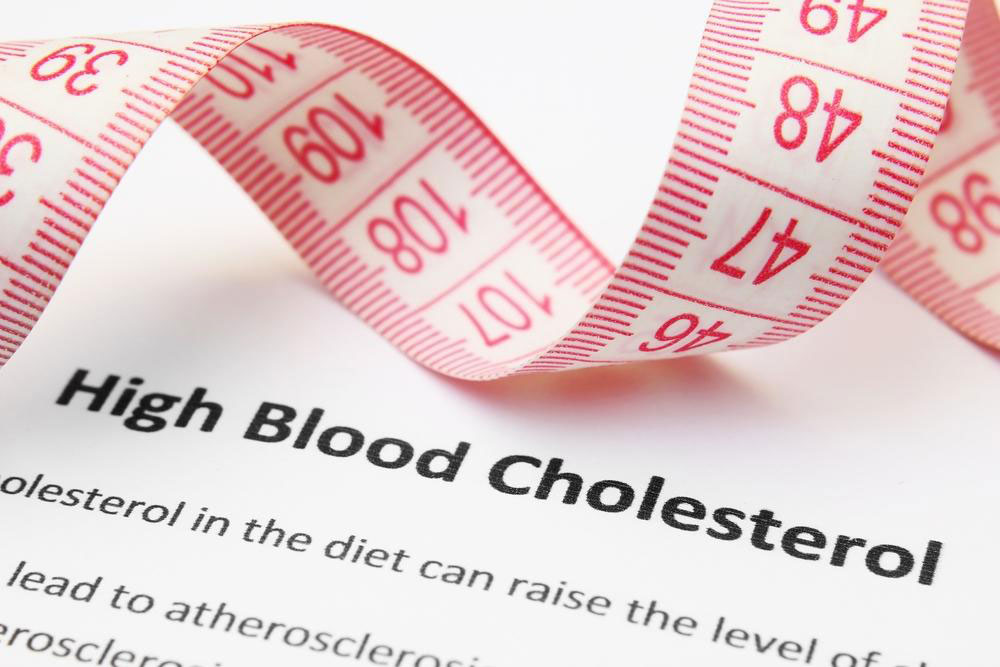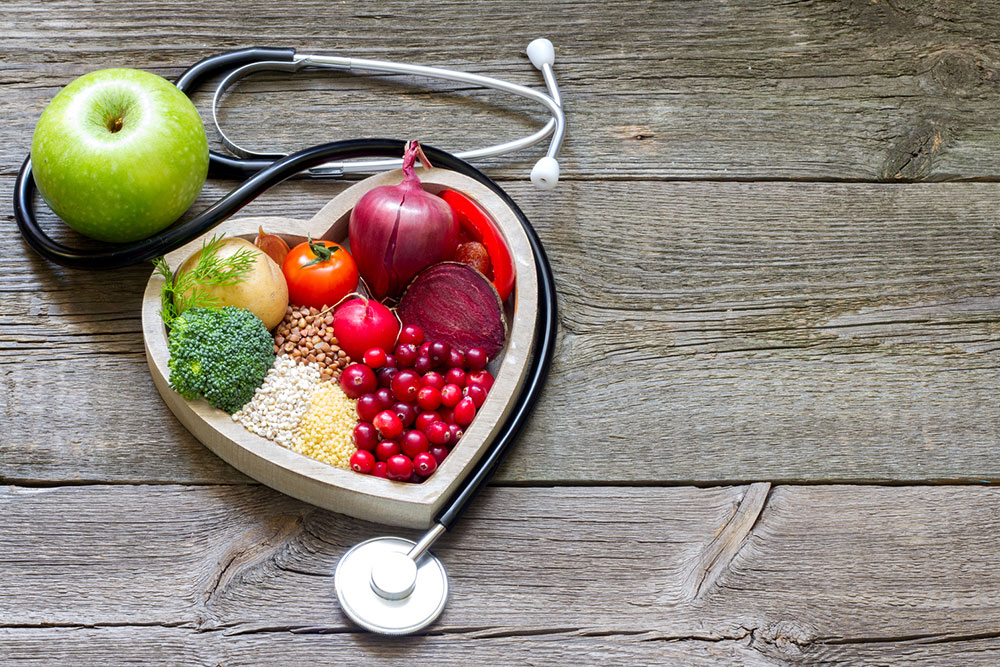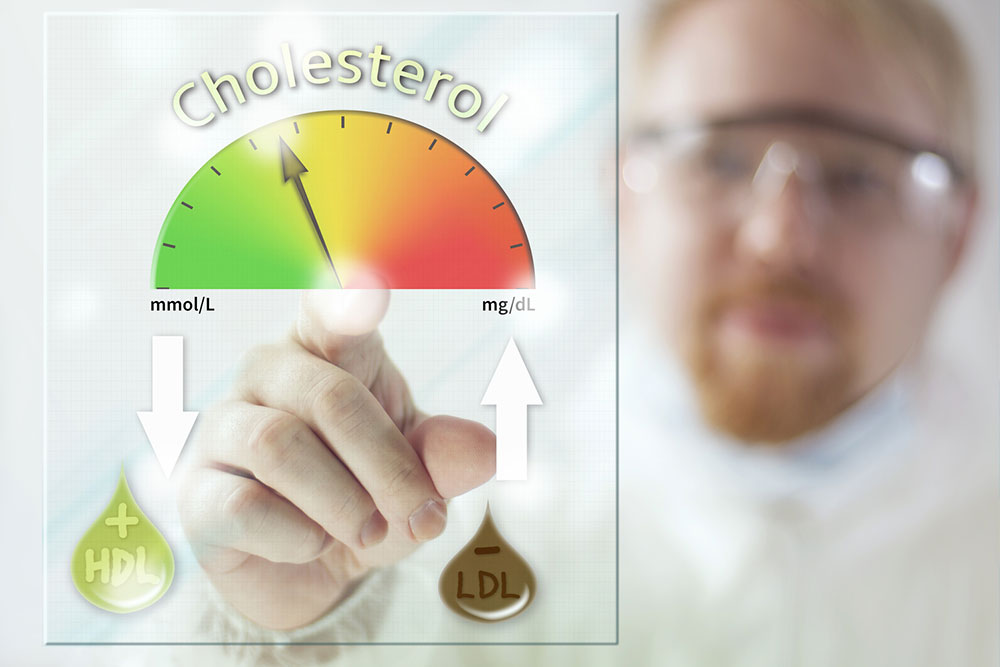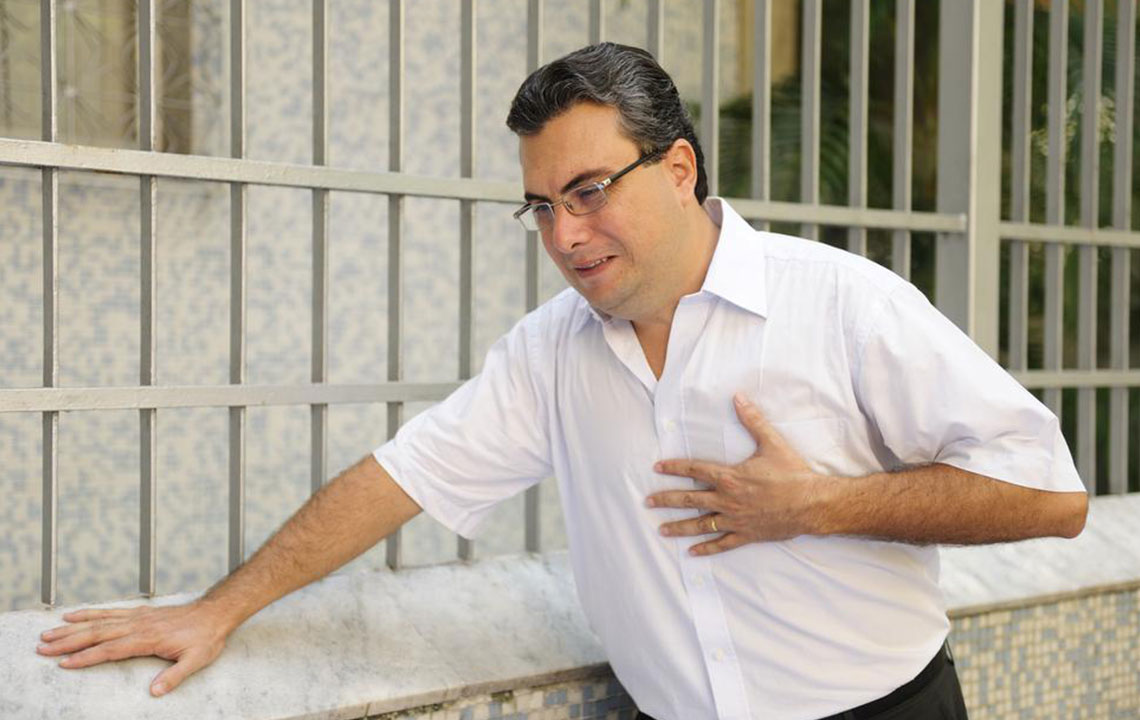Understanding High Cholesterol: Symptoms, Causes, and Risks
This article explores the key aspects of high cholesterol, including its symptoms, causes, and associated risks. It emphasizes the importance of lifestyle changes, such as diet and exercise, to manage cholesterol levels effectively. With no apparent symptoms, regular screenings are essential. Understanding the roles of HDL and LDL helps in assessing cardiovascular health and preventing complications. The content underscores the significance of medical guidance and early detection in maintaining heart health and reducing disease risk.

Understanding High Cholesterol: Symptoms, Causes, and Risks
Cholesterol is a waxy substance circulating in your bloodstream, essential for building healthy cells. When levels become too high, it can increase the risk of cardiovascular diseases. Excess cholesterol can form fatty deposits in blood vessels, narrowing arteries and impeding blood flow. These deposits may break down, leading to clot formation, which can trigger heart attacks or strokes.
Development and Consequences
High cholesterol often results from unhealthy lifestyle choices, but genetics also play a role. It’s both manageable and preventable through regular exercise, balanced diet, and medications.
High cholesterol typically shows no obvious symptoms; the diagnosis requires blood testing. Cholesterol binds to proteins in the blood, forming lipoproteins. There are two main types:
HDL - High-Density Lipoprotein
This is the beneficial form, transporting excess cholesterol to the liver for removal.
LDL - Low-Density Lipoprotein
Often called 'bad' cholesterol, LDL carries particles around the body, which can deposit in artery walls, causing narrowing and rigidity.
A lipid profile blood test measures these components, and elevated triglycerides increase heart disease risk. Causes of high cholesterol include lifestyle factors like diet, physical activity, and weight, along with genetic predisposition. Risk factors encompass unhealthy diets rich in trans and saturated fats, smoking, obesity, aging, inactivity, and diabetes. Adopting healthier habits can significantly reduce these risks.
Note:
This information aims to educate readers about high cholesterol, symptoms, and prevention. It is not a substitute for professional medical advice. Always consult healthcare providers for diagnosis and treatment options.










